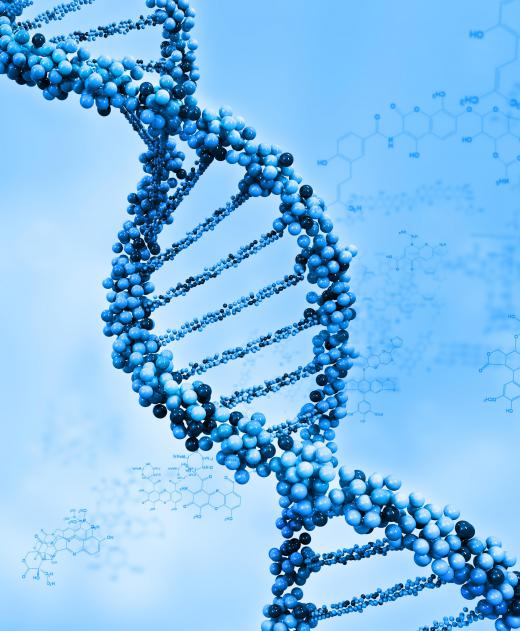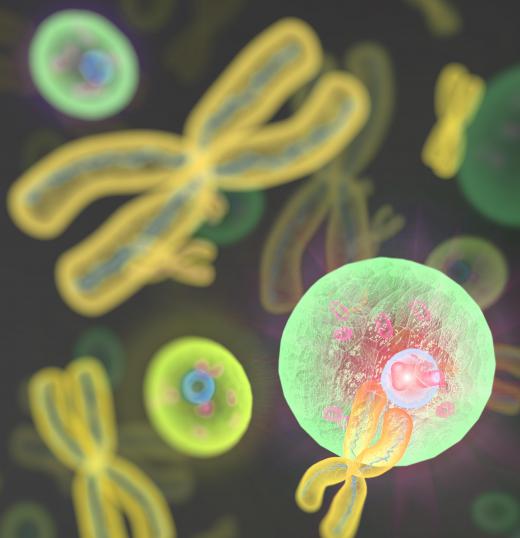What is a Microarray?
 Michael Anissimov
Michael Anissimov
A microarray is a sequence of dots of DNA, protein, or tissue arranged on an array for easy simultaneous analysis. The most famous is the DNA microarray, which plays an integral role in gene expression profiling. The substrate material is glass, plastic, or a silicon chip. Alternative names for the DNA microarray include gene chip, DNA chip, and biochip. The little bits of DNA are called probes.
A microarray can be made in a variety of ways. The most primitive is to merely drop the DNA onto glass slides using pins. More sophisticated techniques employ photolithography, electrochemical approaches, and even inkjet printing -- anything that can deliver the DNA to a precise spot accurately.

The DNA microarray is a product of the late 1980s and early 1990s, when biotechnology really began to take off. The microarray allows a researcher to perform a sequence of tests on all of the samples at the same time, speeding up research dramatically. Traditional biological experimentation works on things one at a time. The probes are sometimes marked with dots called fluorofores when they can't easily be told apart.

Some of the largest microarrays, made by companies such NimbleGen Systems, contain as many as 390,000 spots. The microarray is used frequently in analyzing the entire genome of an organism, which can contain dozens of chromosomes or more, each with their own DNA and RNA. Unfortunately, not all microarrays are compatible with each other and there is a manifest lack of standards. Standardization efforts are underway, but without much success as of yet.

Like most cutting-edge biotechnology research agendas, tests on the microarray can produce huge amounts of data, giving rise to the field of bioinformatics, which seeks to make sense of it all. There may exist discoveries and correlations which we have already measured, but simply not noticed due to the overflow of data. Data mining is used extensively to analyze the results of these complex experiments.
AS FEATURED ON:
AS FEATURED ON:













Discuss this Article
Post your comments